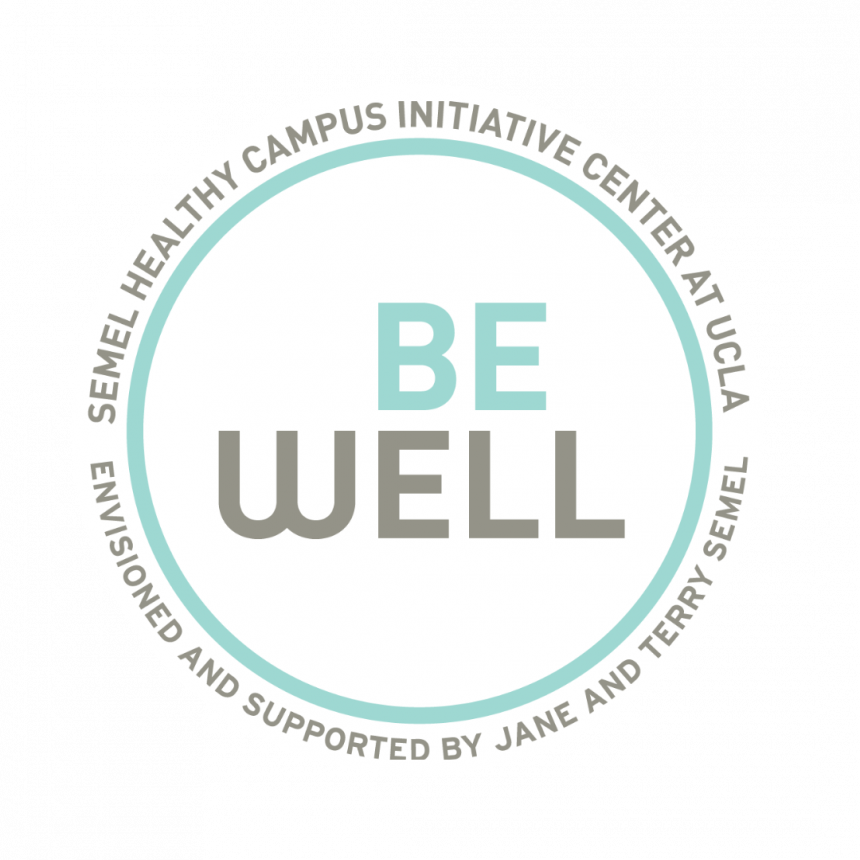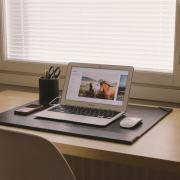The Built Environment of Studying
As finals week approaches, you may find yourself feeling overwhelmed by the academic demands. From exams to papers to group projects, there’s so much to keep track of! Read on for some tips on how you can optimize the built-environment of your studying so that you can be as productive as possible.
First, the lighting. Lighting may seem somewhat mundane but think about it… lighting plays an important role in setting our moods for different occasions. You may prefer a dim light when you are trying to relax, while you may prefer a brighter lighting when you want to feel energized.
Guess what? Lighting can influence our academic performance too. This study done by Korea Advanced Institute of Science and Technology demonstrated that lights of varying correlated color temperatures (CCTs) measured in Kelvin can be optimized for different activities.
The study was conducted in a laboratory with adults as well as in a 4th grade classroom. In both contexts, the researchers found that light with 3500K, which emits warm, yellowish white light is optimal for encouraging recess activities while 6500K light, which emits cool, bluish light that is similar to natural light, is optimal for academic performance. The authors explained that this may be because higher CCTs cause higher levels of arousal, although “there might be a point of diminishing returns at which higher CCT no longer improves human performance.”
What about the color of the walls of the room in which you study? In this study, the color of private study spaces was one of the six variations, including vivid red, vivid yellow, vivid blue, pale red, pale yellow, and pale blue. Subjects in the study reported feeling more pleasant and relaxed in the pale colored conditions, but scored significantly higher on the reading comprehension test when they were in the vivid color condition.
In addition to the visual elements, auditory cues can also affect our studying. If you are like me, you may prefer to listen to the music while studying. But is it really effective?
Findings from research in this area have been mixed. This study, which was a comprehensive meta-analysis in this domain of research, showed that background music in general disrupts reading comprehension. However, another study which put subjects through slow and soft; slow and loud; fast and soft; and fast and loud background music found that only fast and loud music resulted in negative performance of reading comprehension. Given the complex results, it may be difficult to reach a firm conclusion. Nonetheless, we should be more mindful of what kind of music we choose to listen to when we are studying. It would be important to find songs that enhance our focus rather than distract our attention.
The concept of built-environment may feel distant at times, but lighting, color, and sound are factors that create our built-environment, and could have direct impact on our academic performance. Do you have favorite study space on campus that include these elements or favorite songs to listen to while studying? Comment below!
Miso Kwak is an undergraduate student at UCLA majoring in Psychology with a double minor in Disability Studies and Education Studies. In addition to blogging for the UCLA Healthy Campus Initiative, she plays the flute with the UCLA Woodwind Chamber Ensemble. Outside of school, she works as a mentor for high school students through Accessible Science, a nonprofit organization that facilitates science camp for blind youth.

